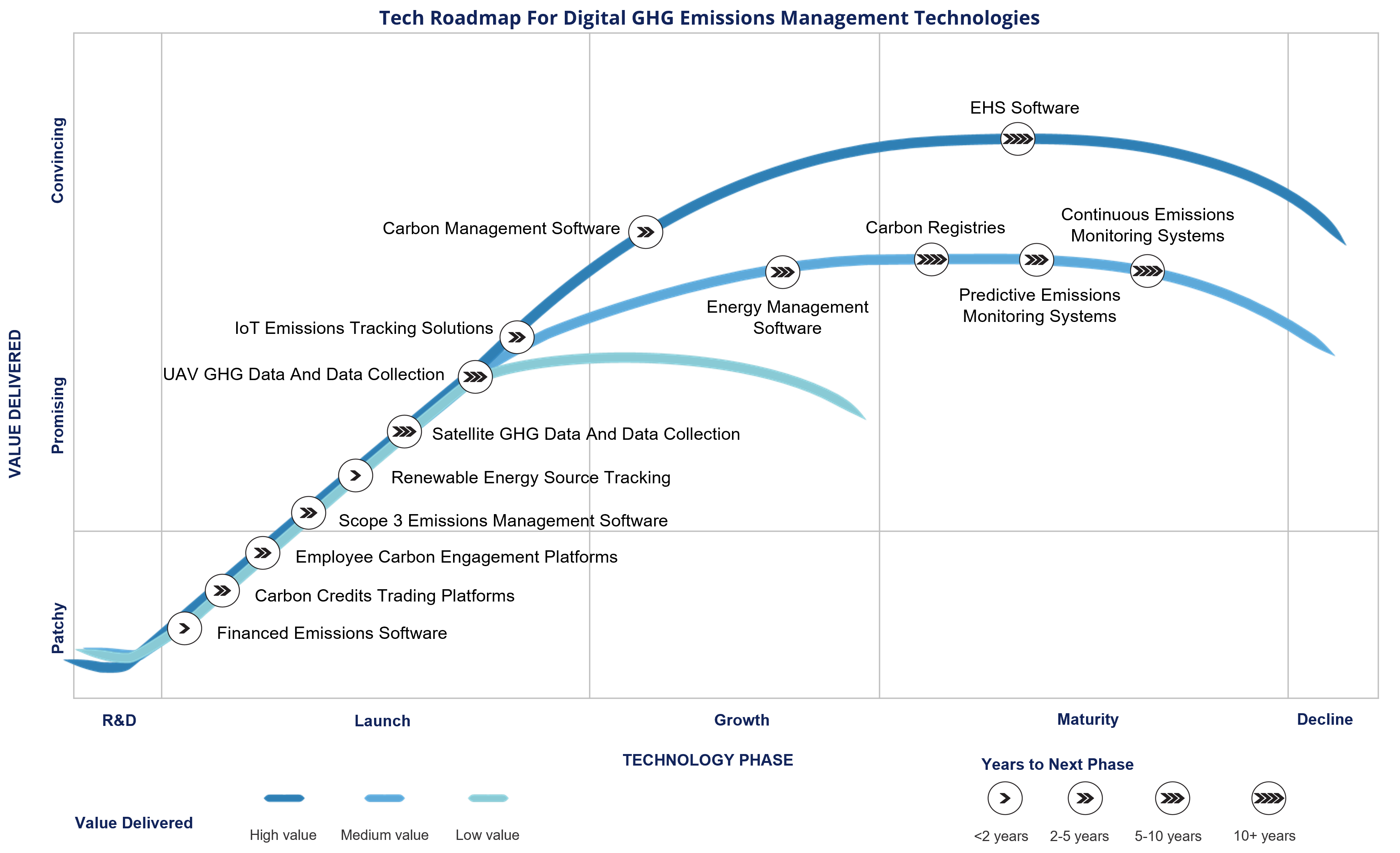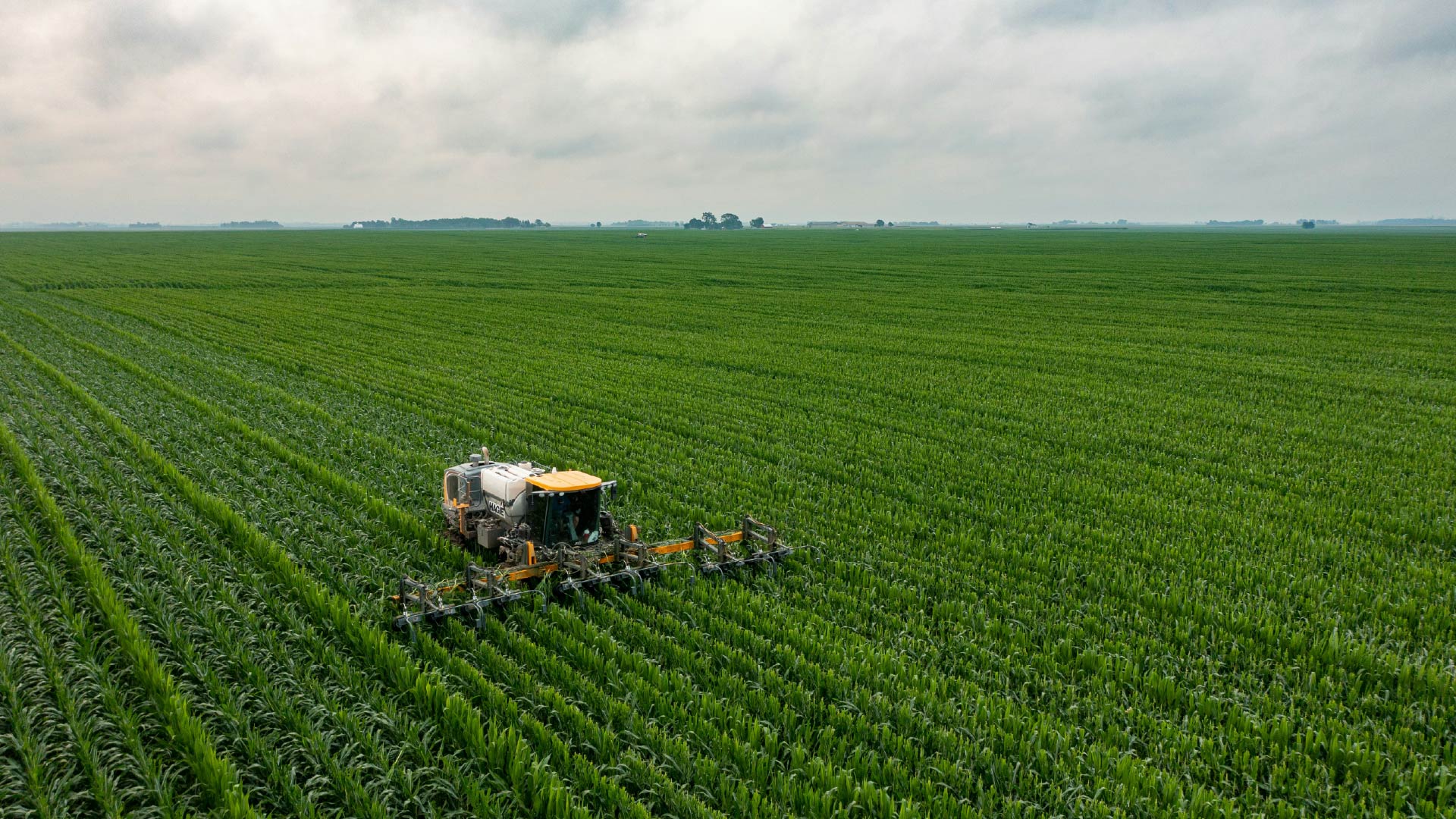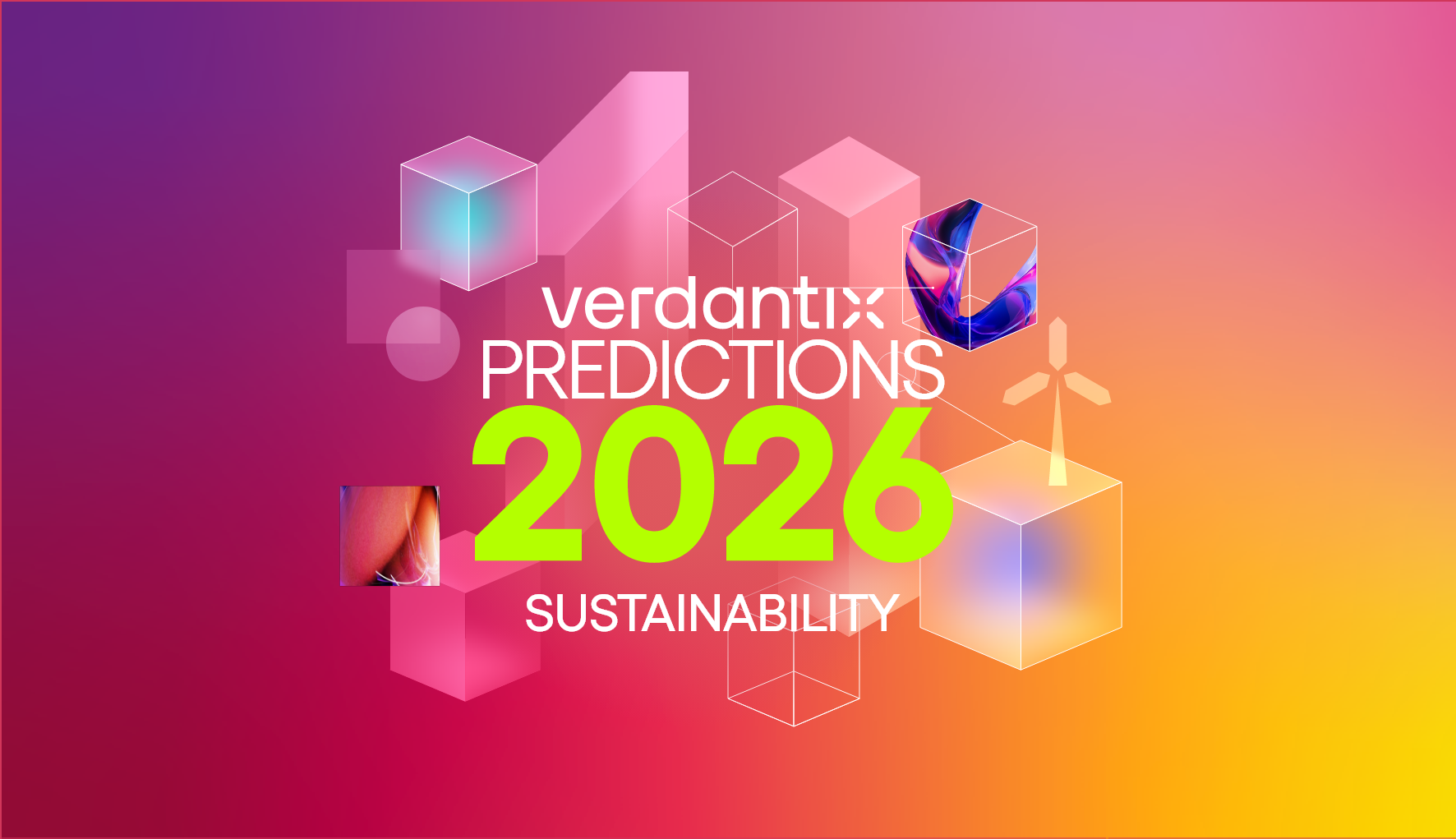Digital GHG Emissions Management Technologies To Reach Net-Zero Targets
To date, a total of 2844 companies joined the science-based target initiative (SBTi), but more importantly, 1309 of them have approved targets that include net-zero. Firms should understand which technologies will support their decarbonization journeys. The new Verdantix Tech Roadmap assessed 14 different technologies that can help ESG and sustainability managers and operational leaders achieve net-zero targets. The implementation of net-zero strategies, as well as new regulations coming into place, are the main drivers behind the emergence of a new, dynamic market for digital GHG emissions management technologies -- “Software applications, digital services and hardware equipment designed to manage Scope 1, 2 and 3 GHG emissions, from monitoring emissions in-situ to calculating and offsetting residual emissions.”. Here are three technologies included in the report:
IoT Emissions Tracking Solutions: IoT tracking solutions are devices used to track Scope 1 emissions in real time, particularly useful to detect leaks and anomalies in the carbon-intensive industries. The use of IoT devices in the GHG emissions management space is quite new and still not widely used, therefore the technology is in a launch phase. There is growing pressure from investors for granular data and considerable funding is going into IoT technologies that detect GHG emissions. An example is Project Canary, a Denver-based data analytics firm offering an IoT-based continuous emissions monitoring system, secured a $111M investment in February 2022.
Renewable Energy Source Tracking: Renewable energy source tracking is used to collect and validate renewable energy data, such as from energy attribute certificates (EACs) and renewable energy certificates (RECs), to monitor Scope 2 emissions. New vendors are starting to offer renewable energy source tracking, such as Flexidao and 3Degrees, which is in its launch phase. Firms are required to give information on the source of their purchased EACs and RECs, and report their Scope 2 emissions, which consolidates business value for renewable energy source tracking technologies. In addition, the demand for time-based energy attribute certificates that allow for “24/7 carbon free energy” is increasing and caught the interest of Google and Microsoft. Some vendors are starting to offer 24/7 solutions to match energy production with consumption.
Carbon Management Software (CMS): Carbon management software is used at the enterprise-level to collect and calculate data on Scope 1, 2 and 3 emissions, and feed data into reporting framework, such as CDP, GRI and SASB. New vendors, such as the French start-up Sweep, offer functionalities to track carbon offset through the purchase of carbon credits, monitor progress towards net zero or even set an internal price on carbon. CMS is in a growth phase, driven by regulatory pressures and impending net-zero targets.
GHG emissions management technologies will be critical in achieving the ambitious net-zero targets that firms have set. The Verdantix Tech Roadmap analysed GHG emissions management technologies’ lifecycle and can help corporates choose the right technology to achieve decarbonisation goals. If you want to learn more about digital GHG emissions management technologies you can find the report here, and the related webinar.

About The Author
.png?sfvrsn=db470322_1)
Alessandra Leggieri
Senior Analyst





